By Jennifer Dorsett
Life sure has changed for the average American. We’re working from home, homeschooling kids, planting gardens, cooking most of our meals…in fact, we’re living much like our pioneering forefathers did.
In Colonial America, agriculture was the primary occupation for about 90 percent of the population.
Life was hard. Days revolved around growing and raising food and families without much time for anything else.
But the Industrial Revolution changed the way goods were manufactured and produced.
As the nation became more industrialized, many people left farms to live in cities and work in other jobs. For the first time in history, goods on grocery store shelves were plentiful and attainable for the average family.
A long period of prosperity followed, taking America from a rural, agrarian community to the bustling, global hub we are today.
Now, we live in a time of plenty and are fortunate to have one of the safest, most affordable and abundant food supplies in the world.
But the coronavirus pandemic has many of us experiencing things we thought were long in our nation’s past.
Restaurants across the U.S. are closed, leaving most of us to prepare our own meals. Many of us are adapting to working from home, and our children are adjusting to distance learning.
Some have turned to planting gardens, realizing vegetables arrive through a complicated food supply chain instead of appearing on grocery store shelves.
And in a way, it’s forced us to take a step back in time.
The coronavirus pandemic has brought us a small taste of what life was like before the advent of industrial-scale production, global supply chains and the technology to make it all work.
This experience should show us all just how lucky we are to live in the 21st Century, when we have the freedom of choice in our livelihoods.
We’ve started appreciating the grocery store and the people who work there. Just enough food is ordered, shipped and stocked every single day of the year, with a wide variety of products and brands available to fit any dietary plan or lifestyle.
We’re currently experiencing some temporary hiccups between supply and demand, but it’s a truly amazing feat if you consider what it takes to feed the American population.
And we’re noticing farmers and ranchers.
They’ve been quietly hard at work this entire time, continuing to grow food and fiber under a cloud of concerns, including plunging market prices, adverse weather, trade wars and overall global uncertainty.
We can survive without shopping malls, leisure travel, entertainment venues and many of the other extra things we spend money on.
What we can’t survive without is food from farmers and ranchers and the people who work hard to get that food to us—laborers, processors, truck drivers, food service workers, grocery store employees and delivery personnel.
I hope we all walk away from this time with a renewed respect for our food supply chain, and let’s try to look at this difficult period as a valuable lesson in our appreciation of American agriculture.

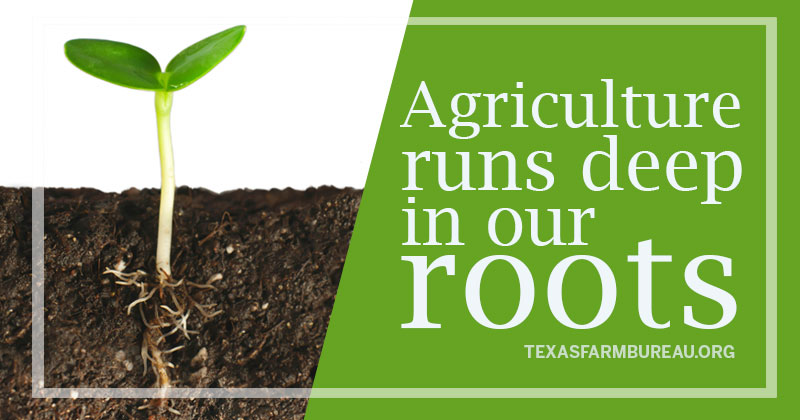
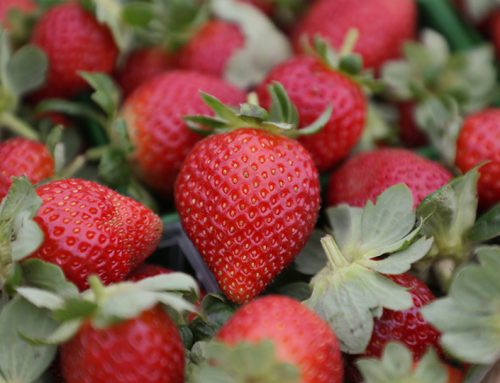
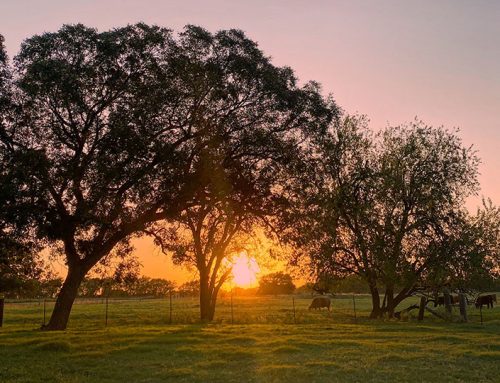
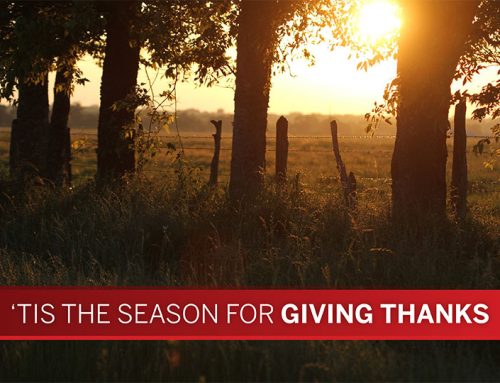
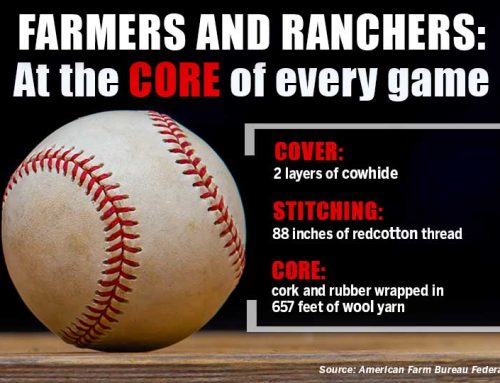
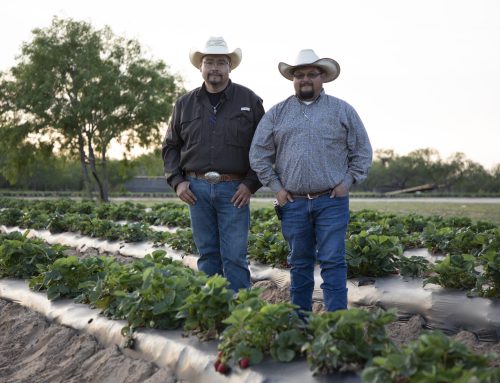




Leave A Comment